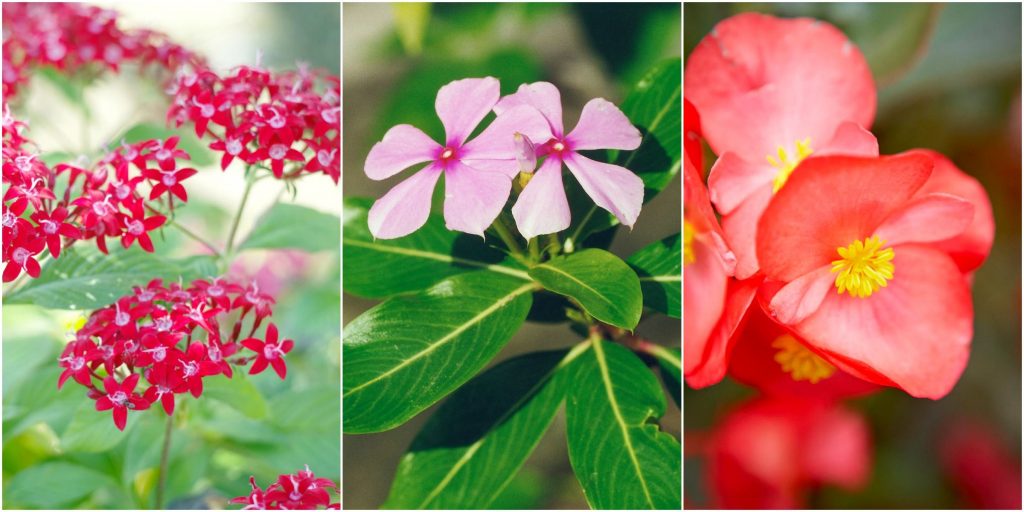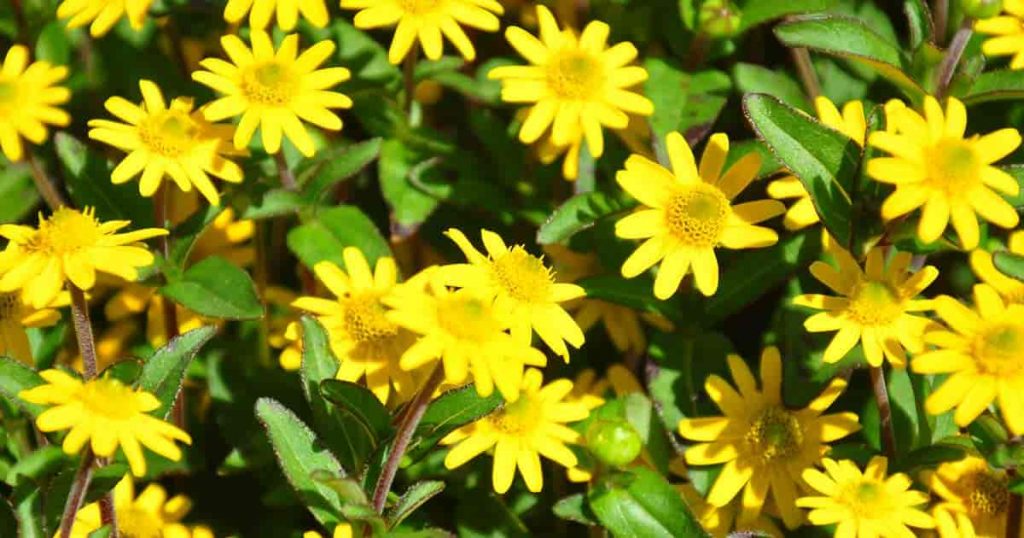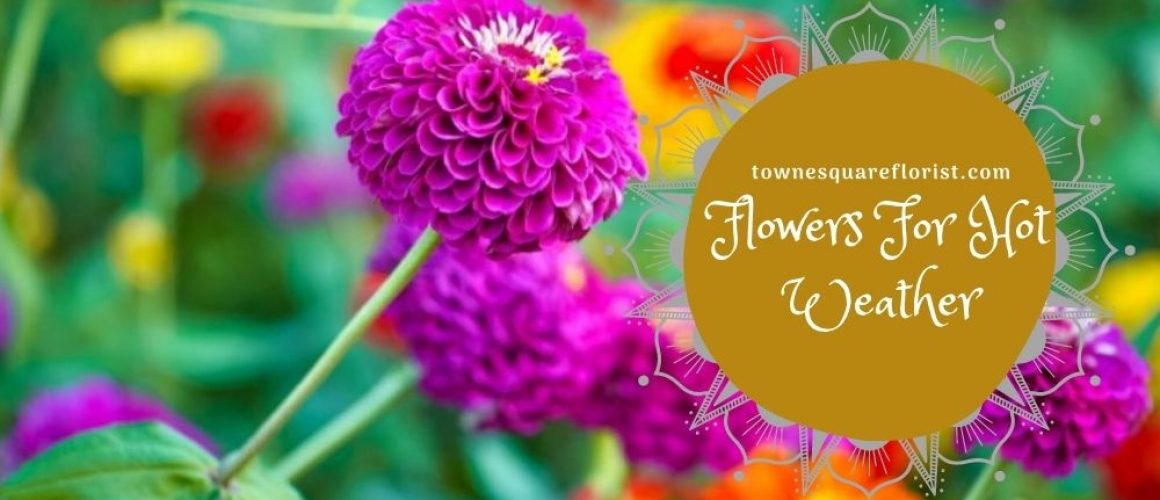Flowers For Hot Weather – Useful Guide
Are you finally satisfied with the look of your garden? Well, have you considered what to do when hot weather comes? Will your effort go to the drain as your flowers slowly start to wilt on hot summer days?
It doesn’t have to be this way!
If you live in a hot climate, you need to choose flowers that are heat resistant.
The key is knowing what and when to plant. That’s why we made a list of the best plants for hot weather. We hope our suggestion will help you make the right decision.
How to grow heat-tolerant flowers?
Growing colorful flowers in a hot climate pose particular challenges. A lot of plants soar when the temperature goes up. While an occasional hot day or a hot week isn’t that bad, imagine living somewhere where temperatures reach extreme levels.
By the end of the day, your flowers will wilt and dry. Also, when you can’t expect respite from the heat at night, for instance, in hot and humid regions, the effects are even worse.
However, if you choose hot weather plants and flowers, you will have much more success in keeping your garden colourful during the summer. Some species are more tolerant than others, and you can use them as annuals when other plants stop flowering.

Can you protect your flowers from the heat?
While heat-resistant flowers don’t require some special protection, it’s better to be safe than sorry. Here are a couple of things you can do to protect your plants from high temperatures.
Add mulch
It’s essential to keep the plant’s roots cool, especially on hot summer days. For instance, you can spread an about 2-inch layer of mulch, which helps soil retain moisture and maintain an optimal temperature level. Be aware that dark mulch will absorb more heat while lighter one will help the soil stay cooler.
Water
If you have bedded annuals, make sure to add at least one inch of water per week. On the other hand, containers require more since they are above the ground and are more susceptible to winds. You can use a drip system if you have one for easy and consistent watering. Only water in the early morning.
Provide shade
If you add shade-producing shrubs, trees, and other structures to your landscape, you will lower down the surface temperatures and reduce heat in your yard. Did you know that shaded surfaces can be up to 45 degrees cooler than the exposed part of the yard?
The most common hot weather flowers
Angelonia
When we talk about heat and humidity, Angelonia is one of the first plants that come to our minds. Native to Mexico, this plant has evolved so much that it can take hot temperatures without feeling any damage.
Due to its vibrant colors and upright growth habit, Angelonia is great for almost every garden. This is an annual plant with red, pink, blue, lavender, purple, or white flowers.
Creeping zinnia
Creeping zinnia is one of many hot weather plants you can tuck in almost anywhere. These flowers can add sunny yellow colors at the edge of the border, or you can plant them in pots. Due to their low water needs and their trailing habits, they are quite resistant to heat.
This plant is tidy, so it might be great for containers. It produces vibrant yellow flowers which bloom from late spring through autumn.

French marigold
French marigold is a typical choice for hot gardens. They add perky and adorable color to your outdoor space, while small leaves and blooms prevent moisture loss in summer. You can either grow them from seeds or buy them flats; French marigolds are a classic.
This plant can produce white, apricot, red, yellow, or orange blooms. For example, you can plant apricot French marigolds and as the summer heats up, the blooms will change into yellow-pink, while in cooler temperatures, they become pink-plum.
Moss rose
Do you have hot, dry, and poor soil? Well, that’s not an issue for moss ross. These small bloomers will sprout everywhere, and you can even plant them in cracks between bricks. They are ideal for containers, and their fleshy leaves allow them to preserve moisture. Moss rose blooms from summer to autumn and has yellow, pink, orange, or red flowers.
Petunia
Last but not least on our list, petunia is a low-maintenance, beautiful, and fast-growing plant. It has small, hairy leaves that help this plant conserve water. It doesn’t matter where you plant them; this plant will happily bloom in hot weather.

